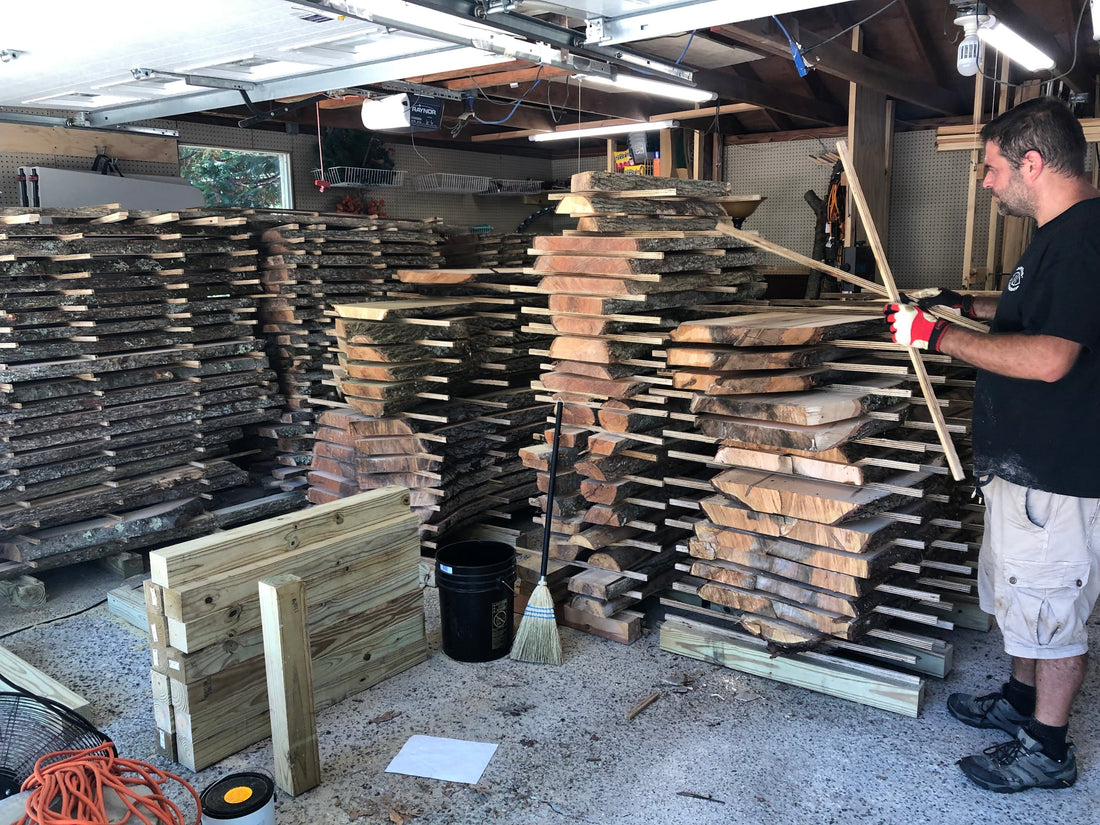When it comes to woodworking, one of the most important steps in the process is drying the lumber. Properly dried lumber is essential for ensuring the stability and durability of the final product. But what exactly is the science behind drying lumber? In this blog post, we will explore the different methods and techniques used to dry lumber and the science behind each one.
Why is drying lumber important?
Drying lumber is important for several reasons. First and foremost, it helps to remove excess moisture from the wood, which can lead to warping, cracking, and other defects. Additionally, drying lumber helps to improve its strength and stability, making it less likely to shrink or expand with changes in humidity. Finally, properly dried lumber is less susceptible to decay and insect infestation, ensuring that your woodworking projects will stand the test of time.
What are the different methods of drying lumber?
There are two main methods of drying lumber: air drying and kiln drying. Air drying involves stacking the lumber in a well-ventilated area and allowing it to dry naturally over time. This method is simple and cost-effective, but it can be slow and may result in uneven drying. Kiln drying, on the other hand, involves placing the lumber in a specially designed kiln where temperature, humidity, and airflow can be controlled. This method allows for faster and more uniform drying, but it can be more expensive.
How does the science of drying lumber work?
During the drying process, moisture is removed from the wood through a combination of evaporation and diffusion. As the wood dries, the moisture content decreases, causing the wood fibers to shrink. This shrinkage can lead to internal stresses within the wood, which can result in warping and cracking if not properly controlled.
In air drying, the moisture content of the wood is gradually reduced as it is exposed to the surrounding air. The rate of drying is influenced by factors such as temperature, humidity, and airflow. Higher temperatures and lower humidity levels promote faster drying, while good airflow helps to remove the moisture from the wood.
In kiln drying, the process is more controlled. The lumber is placed in a kiln where temperature and humidity can be carefully regulated. The kiln is heated to a specific temperature, which causes the moisture in the wood to evaporate. The humidity within the kiln is then controlled to prevent the wood from drying too quickly or unevenly. This careful control of temperature and humidity helps to minimize the risk of defects and ensure a more uniform drying process.
Conclusion
The science of drying lumber is a fascinating and important aspect of woodworking. By understanding the different methods and techniques used to dry lumber, woodworkers can ensure that their projects are built to last. Whether you choose to air dry or kiln dry your lumber, the key is to carefully control the drying process to achieve the desired moisture content and minimize the risk of defects. So the next time you embark on a woodworking project, remember the science behind drying lumber and take the necessary steps to ensure the best possible results.

